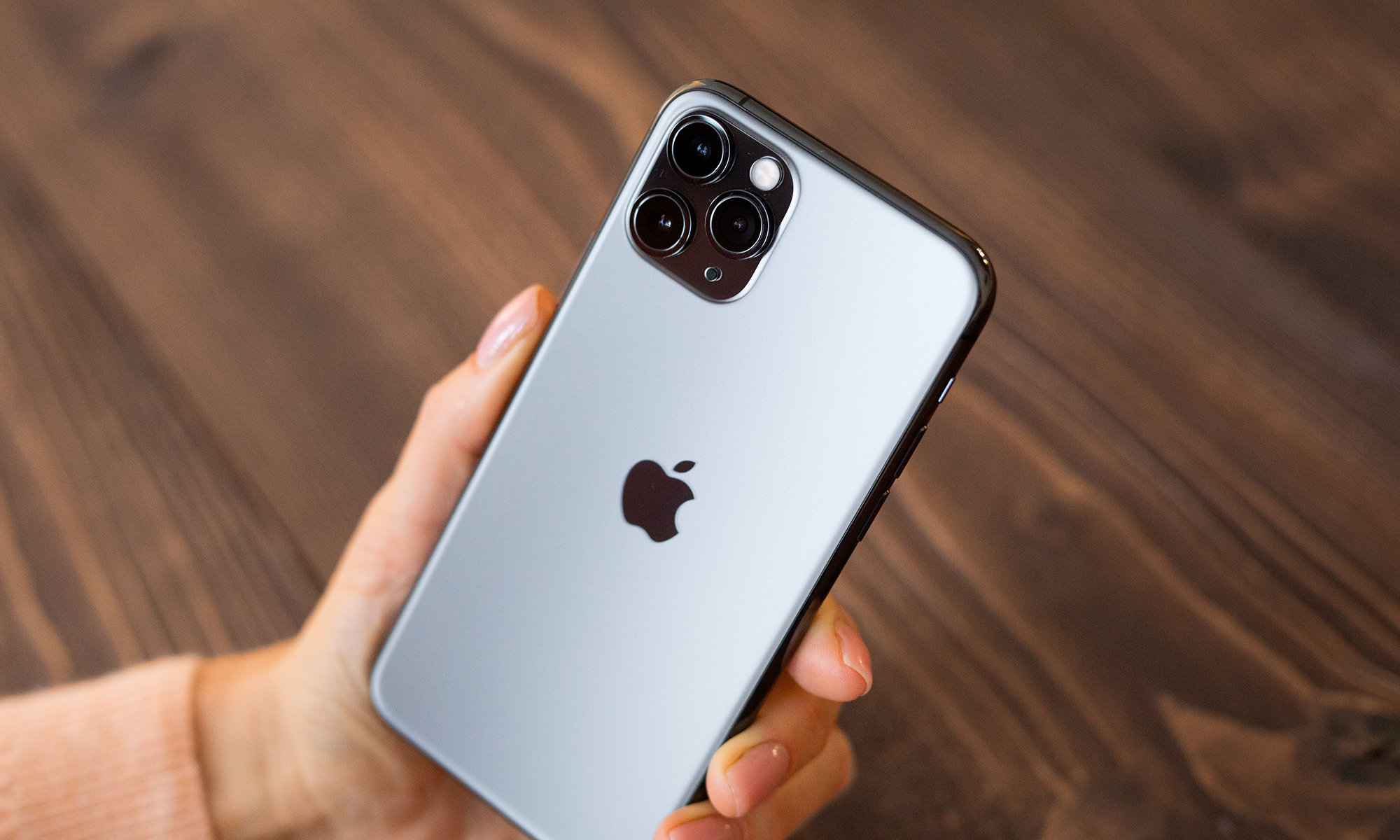On All Hallow’s Eve, the folks on the iFixit team found themselves a day ahead of us in Australia. Their mission? Performing surgery on Apple’s (AAPL 0.49%) just-released iPad Air. Some discoveries include a Qualcomm modem, an LG display, two Broadcom touchscreen controllers, a much smaller battery, and lots and lots of glue.

Apple's new iPad Air. Source: Apple.
Shaving weight and size
One of the biggest looming questions before the teardown was how Apple managed to shave off so much weight and size. The name, iPad Air is, fitting. It has 43% smaller bezels on the right and left sides, and it’s 20% thinner and 28% lighter. In total, the iPad’s overall volume is down by a whopping 24%.
The most prominent contributor to the sleeker design was a much smaller battery. The new iPad Air is powered by a 32.9 Watt-hour two-cell battery, compared with the 43 Whr three-cell battery found in the fourth-generation iPad.

iFixit reveals 32.9 Whr two-cell battery in iPad Air. Image source: iFixit.
But don’t let the smaller battery fool you. The iPad Air hasn’t lost any of its predecessor’s impressive battery life. It still gets 10 hours. This is largely possible thanks to Apple’s new A7 processor, which benefits from the power-conserving 64-bit ARM architecture.
Other insights
iFixit also confirmed the M7 motion coprocessor, Qualcomm’s MDM9615 modem, and Broadcom’s BCM5976C1KUB6G touchscreen controllers (a new addition to the iPad and similar to the trackpad controller found in previous MacBooks). The display was probably an LG, though Sharp and Samsung are rumored to be manufacturers for the display, too.

iFixit lifts battery from iPad Air. Image source: iFixit.
As usual, the iPad scored an unearthly low score on reparability. Taking apart the iPad apart was very difficult, requiring special tools and a lot of care, and putting it back together may be nearly impossible. With so many parts packed into such a small form-factor, there’s plenty of glue -- in fact, more glue than any other iPad, according to iFixit. iFixit gave the iPad a reparability score of 2 out of 10, with glue being the primary reason for the low score.
How much thinner and lighter can iPads get?
Though there has certainly been no sign of a slowdown in technological progress yet, you have to wonder how much thinner tablets can get. Furthermore, with very little innovation in battery technology, power-conserving chips are becoming increasingly important. With more glue than ever and parts packed as tightly as possible, how much longer can Apple maintain a meaningful lead on its peers in sleeker form-factors?






